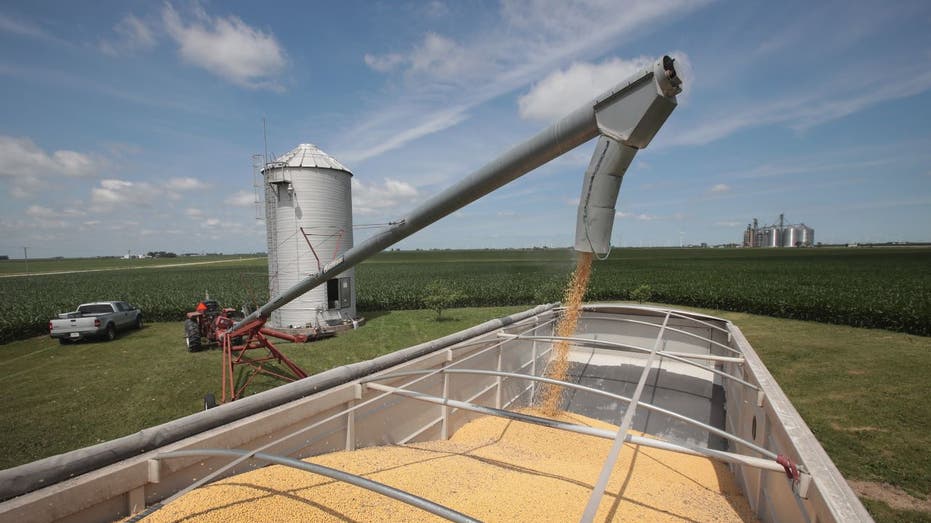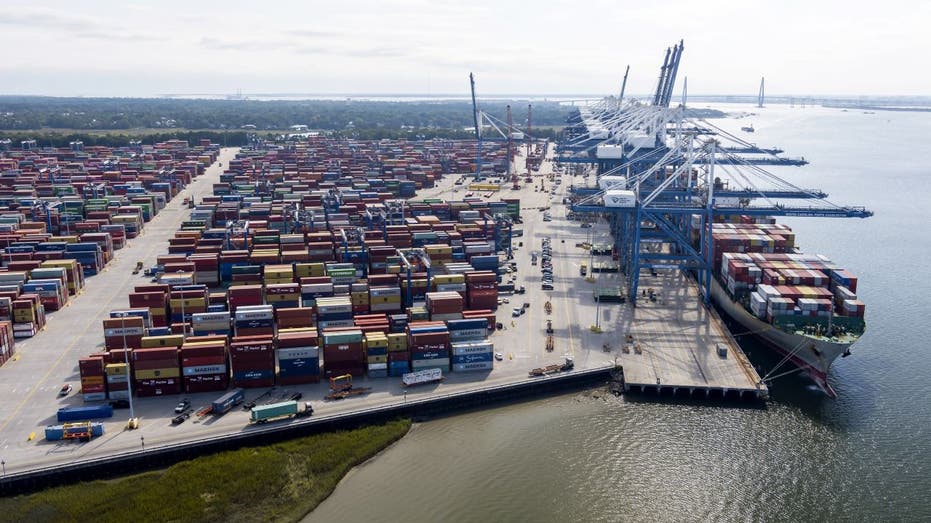President Donald Trump is set to announce his latest plan for tariffs Wednesday afternoon in an event at the White House Rose Garden.
Trump’s “Liberation Day” tariff announcement will come after the conclusion of the trading day for U.S. financial markets, which have been rattled by uncertainty over tariffs in recent weeks.
The S&P 500 is down about 3.9% year to date and the benchmark index’s gains since Trump’s election in November have been erased amid concerns about a widening trade war.
“The tariffs will be far more generous than those countries were to us, meaning they will be kinder than those countries were to the United States of America, over the decades,” Trump said on Sunday. “They’ve ripped off like no country has ever been ripped off in history, and we’re going to be much nicer than they were to us.”
WALL STREET FIRMS SEE RECESSION RISK RISING OVER TARIFFS, TRADE WAR
What are the tariffs?
Trump and the White House have discussed several tariff options, though in the hours leading up to the announcement it has remained unclear what that will entail.
The president has said he wants “reciprocal” tariffs on other countries, which would match U.S. import tariffs to the tariff rates that foreign governments apply to U.S. products — though he later said the tariffs will be “generous” by charging less in tariffs.
TRUMP IS ‘ALWAYS UP FOR A GOOD NEGOTIATION,’ WHITE HOUSE SAYS, AS APRIL 2 ‘LIBERATION DAY’ TARIFFS LOOM
Aside from the reciprocal tariff plan, the Trump administration has also discussed an across-the-board tariff of up to 20%, as well as a plan to focus tariffs on 15 countries with high levels of trade with the U.S. and relatively high tariff rates.
White Housepress secretary Karoline Leavitt said Monday that there are no exemptions to the tariffs, including for farmers, who were a central target for foreign countries’ retaliatory tariffs during Trump’s first term in office.
The White House also plans to launch its “External Revenue Service” to oversee tariff collection by moving that responsibility from the U.S. Customs and Border Protection to the new ERS within the Commerce Department. The Trump administration contends that external companies and countries pay tariffs, though economists broadly agree that they are paid by the importing company, which would in this case be U.S. firms.
TRUMP’S ‘EXTERNAL REVENUE SERVICE’ WILL COLLECT FROM IMPORTERS, NOT ‘FOREIGN SOURCES’

Trump imposed 25% tariffs on imports from Canada and Mexico with a carveout for a lower 10% tariff rate on Canadian energy products, then delayed those tariffs from taking effect on goods covered by the U.S.-Mexico-Canada Agreement (USMCA) through April 2, at which time his new tariffs will replace them.
Trump previously announced 25% tariffs on auto imports, which take effect on April 3, and imposed 25% tariffs on imported steel and aluminum. Other sector-specific tariff plans that are influx include copper, semiconductors, pharmaceuticals and lumber.
What’s next?
The Trump administration’s “Tariff Team” has been working on structuring the tariffs and negotiating with a number of other countries. The team includes President Trump, Treasury Secretary Scott Bessent, Commerce Secretary Howard Lutnick, U.S. Trade Representative Jamieson Greer and National Economic Council Director Kevin Hassett.
Leavitt said Tuesday that “quite a few countries” have reached out to the Trump administration to discuss ways to lower tariffs.
HOW MUCH DID TRADE WAR RELIEF COST DURING TRUMP’S FIRST TERM?

The Trump administration has suggested the tariffs — which are taxes on imported goods — could serve several purposes, such as increasing federal tax revenue to offset other tax cuts, encouraging the reshoring of manufacturing, or as a negotiating tool to reduce tariffs among U.S. trading partners.
Those goals are contradictory in some respects: Tariffs that are imposed and later removed through negotiations resulting in lower trade barriers generate less tax revenue and remove the incentive for reshoring. Similarly, if companies move operations to the U.S. to avoid tariffs, the government would collect less tax revenue.
Trump’s announcement could shed more light on what the administration’s end goal for its tariff plans is, as well the status of its talks with America’s trading partners.
FOX Business’ Edward Lawrence and Christina Wurm contributed to this report.
This is a developing story. Please check back for updates.
Read the full article here















